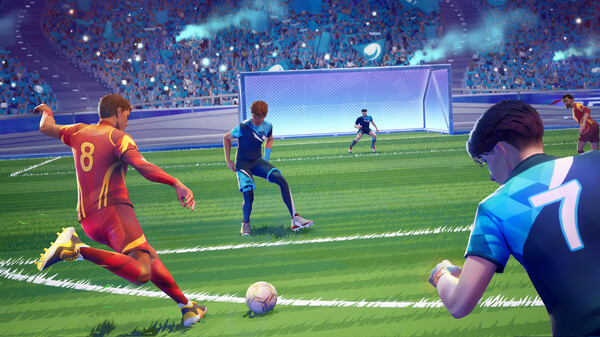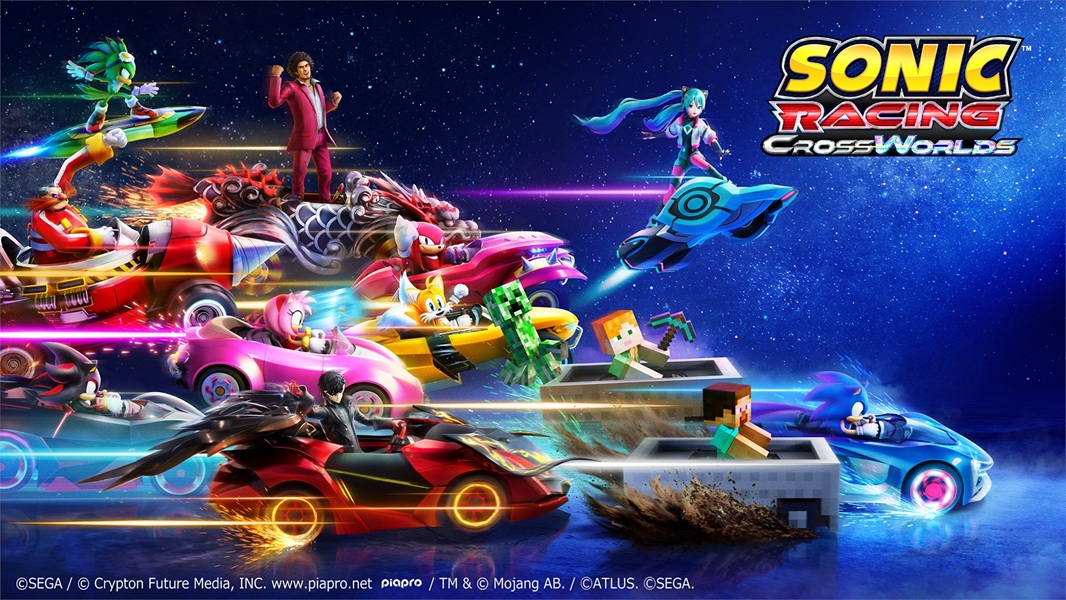Advertisement
Popular Now
Introduction
In the realm of competitive gaming, player interaction can make or break the experience. REMATCH, a game that has captured the attention of many, presents a unique environment for players to engage in strategic battles. However, one specific issue stands out: the intricacies of player communication and its impact on gameplay dynamics. This article delves deep into the nuances of player interaction in REMATCH, exploring how communication, or the lack thereof, shapes the gaming experience.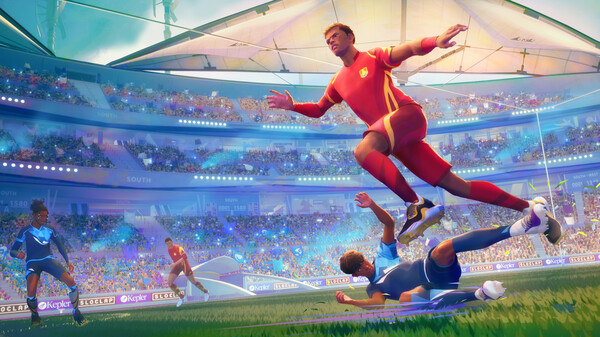
The Foundation of Communication in REMATCH
Understanding the Communication Mechanics
In REMATCH, effective communication is essential. Players need to convey strategies, coordinate movements, and share critical information. The game employs a mix of voice and text communication, allowing players to choose how they interact with their teammates. This flexibility, while beneficial, can lead to misunderstandings if not executed properly.Voice vs. Text Communication
Voice communication can foster a quicker exchange of ideas, enabling players to react swiftly to changing scenarios. However, it also requires a level of trust and compatibility among team members. On the other hand, text communication allows for more thoughtful responses but can create delays in critical moments.The Role of Non-Verbal Cues
In addition to verbal communication, non-verbal cues play an important role in REMATCH. Players often rely on visual signals, such as character movements and positioning, to interpret their teammates' intentions. This reliance can lead to misinterpretations, especially in high-stakes situations where every second counts.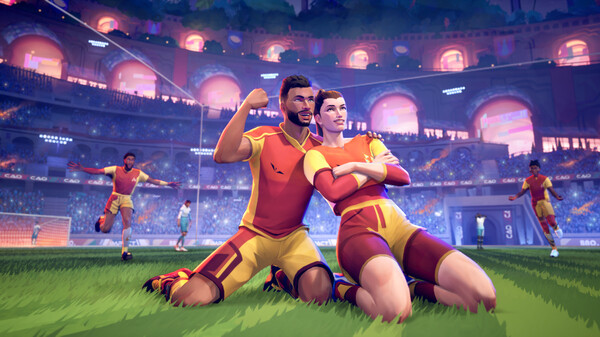
The Impact of Communication Breakdowns
Miscommunication and Its Consequences
When communication breaks down, the consequences can be dire. Players may misinterpret their teammates' intentions, leading to poor strategic decisions. For instance, a player might believe they are supporting a teammate when, in reality, they are creating an opportunity for the opposing team.Case Study: A Missed Opportunity
Consider a scenario where a player intends to flank the enemy while another player is focused on direct confrontation. Without clear communication, the flanking player might position themselves poorly, leading to a wasted opportunity and ultimately a lost match.The Psychological Effects of Poor Communication
The psychological toll of miscommunication can also affect player morale. Frustration and anger often arise when strategies fail due to misunderstandings. This emotional impact can lead to a toxic environment, further exacerbating the communication issues within the team.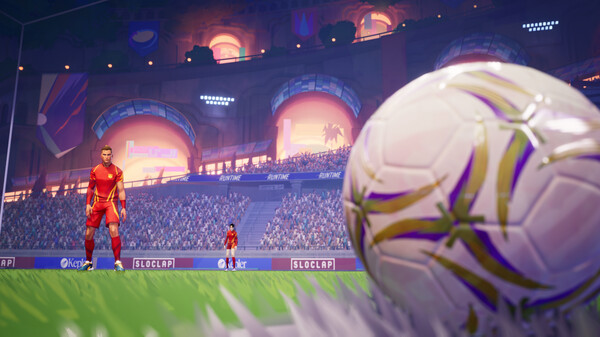
Strategies for Improving Communication
Establishing Clear Protocols
To mitigate the risks associated with poor communication, teams should establish clear protocols. This can include defining specific terms for strategies, such as "flank," "defend," or "push," and ensuring everyone understands them.The Importance of Practice
Regular practice sessions can reinforce these protocols. By repeatedly engaging in scenarios that require communication, players can develop a shared language and improve their overall coordination.Leveraging Communication Tools
Utilizing in-game communication tools effectively can also enhance player interaction. For example, features that allow players to mark locations or highlight objectives can reduce ambiguity and provide clarity in fast-paced situations.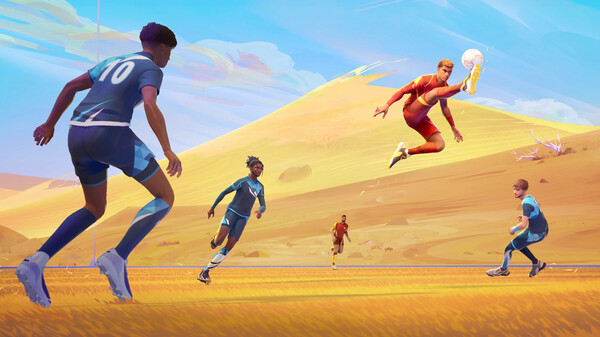
The Role of Team Composition
Diverse Skill Sets and Communication Styles
In REMATCH, team composition significantly influences communication dynamics. Teams with diverse skill sets and communication styles may face unique challenges. For instance, a team composed of highly vocal players may overshadow quieter members, leading to an imbalance in input.Balancing Team Dynamics
To address this, teams should strive for a balance in communication styles. Encouraging quieter players to share their thoughts can lead to a more inclusive environment, fostering better collaboration.The Impact of Experience Levels
The experience levels of players can also affect communication. Veteran players may have a deeper understanding of game mechanics and strategies, while newer players might struggle to keep up with the pace of conversation.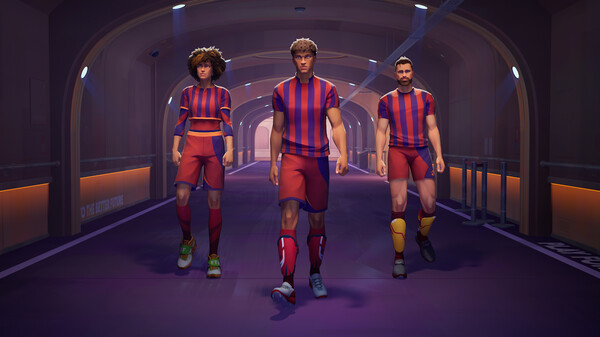
The Cultural Aspect of Communication
Language Barriers
In an increasingly global gaming environment, language barriers can complicate communication in REMATCH. Players from different regions may struggle to convey their thoughts effectively, leading to misunderstandings.Strategies for Overcoming Language Barriers
Teams can adopt multilingual communication strategies, such as using universally recognized terms or employing translation tools. Additionally, fostering a culture of patience and understanding can help bridge these gaps.Cultural Differences in Communication Styles
Beyond language, cultural differences can also influence how players communicate. Some cultures may prioritize directness, while others value subtlety and context. Recognizing and respecting these differences can enhance team cohesion.
The Role of Leadership in Communication
Effective Leadership Strategies
Effective leaders within a team can significantly improve communication dynamics. Leaders should model clear communication, set expectations, and encourage open dialogue among team members.Building Trust Within the Team
Trust is a crucial component of effective communication. Leaders can foster trust by creating an environment where players feel safe sharing their thoughts and concerns without fear of judgment.Conflict Resolution
Inevitably, conflicts will arise within a team. Leaders must be equipped to handle these situations constructively. Addressing misunderstandings promptly can prevent escalation and maintain team morale.
Analyzing Communication Patterns
The Use of Analytics
In REMATCH, analyzing communication patterns can provide valuable insights into team dynamics. Tools that track communication frequency, response times, and clarity can help identify areas for improvement.Adapting Strategies Based on Data
By leveraging data analytics, teams can adapt their communication strategies. For instance, if certain players consistently have slower response times, targeted training sessions can help improve their engagement.Feedback Loops
Establishing feedback loops can also enhance communication. Regular check-ins, where players reflect on their communication effectiveness, can promote continuous improvement and accountability.










